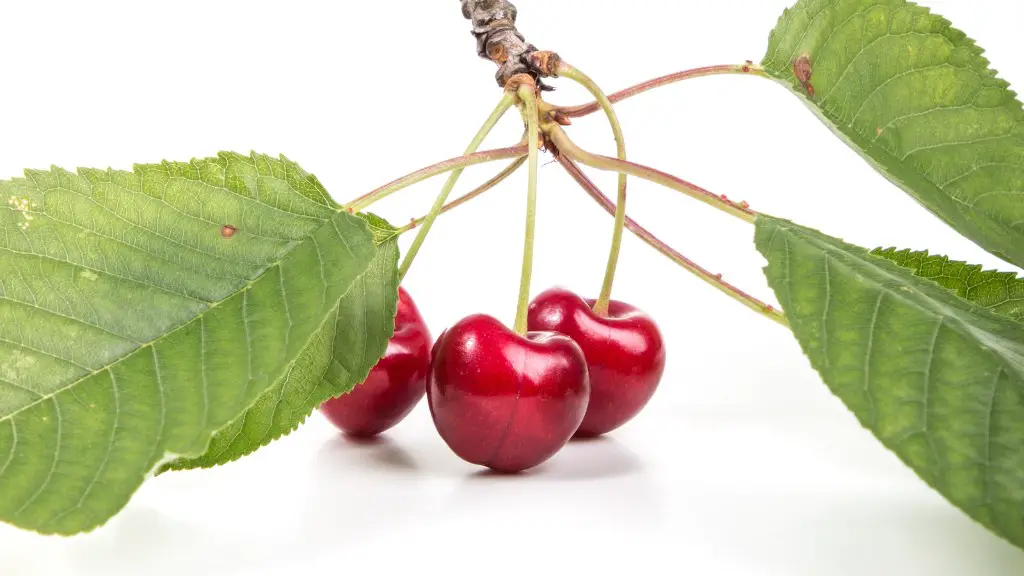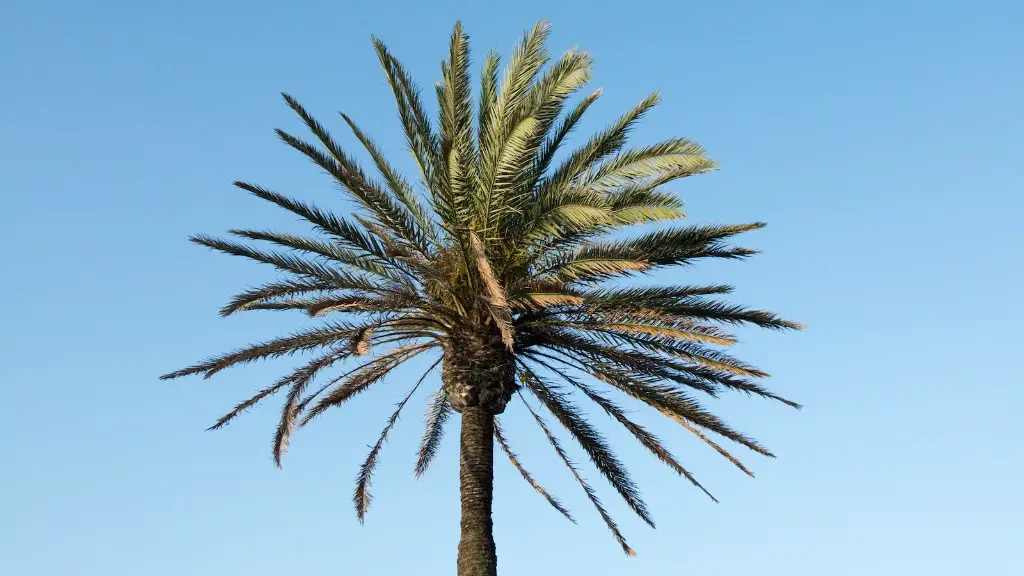1. Selecting The Right Tree
Selecting a cherry tree that is right for your yard is key to success when it comes to growing one from seed. Depending on where you live, there may be different species of cherry trees that will do best in your climate. Research what trees do well in your area and buy seedlings from a reputable nursery or store. Additionally, ask your local extension office for help in choosing the best tree for your location.
2. Soil Preparation
It is important to ensure that the soil where you will be planting your cherry tree is conducive for growing. The soil should be fertile and well-drained. Conduct a soil test and add the necessary amendments if needed, such as lime or organic matter. The soil should also be warm enough for the seeds to germinate, so it is important to wait until the soil temperature reaches at least 55 to 60 degrees Fahrenheit.
3. Planting The Seeds
When planting cherry tree seeds, make sure to give them space as they will require plenty of space as they grow. The best way to plant a cherry tree seed is to bury it in the soil about ½ inch below the surface. If you are planting multiple cherry tree seeds, space them three to four feet apart. Water the seeds with a light spray and cover the area with a light layer of soil or compost.
4. Watering and Fertilizing
It is absolutely essential to keep the soil consistently moist, as cherry tree seeds need plenty of water to germinate. Once the seedlings are established, be sure to water them deeply about once a week. Additionally, cherry trees need adequate amounts of fertilizer to grow healthy and strong. Use an all-natural fertilizer when you plant the seed and at regular intervals during the tree’s growth.
5. Pruning and Pest Control
Pruning and pest control are important for the health of your cherry tree. Prune in early spring, before bud break and again in late summer to help shape the tree and encourage new growth. Additionally, it is important to watch for signs of infestations and take immediate action if you suspect that pests have invaded your tree.
6. Winter Protection
Cherry tree seedlings are especially vulnerable to the harsh winter temperatures. It is important to cover them with straw or mulch in the fall to protect them from extreme temperatures. Additionally, it is important to water them during the winter months if there is no snow to do the job.
7. Patience and Perseverance
Growing a cherry tree from seed is not an easy task and it requires patience and perseverance. Although cherry trees will usually grow from seed, it may take several years for them to bear fruit. Ultimately, it is important to remember that growing a cherry tree from seed can be an incredibly rewarding and satisfying experience.
8. Availability of Resouces
There are many resources available to help amateur gardeners and experienced green thumbs alike to successfully grow a cherry tree from seed. If you are unfamiliar with the process, many nurseries, extension offices, and gardening centers offer workshops, classes, and other resources to educate individuals about growing cherry trees.
9. Rewards
The hard work and dedication of growing a cherry tree from seed is well worth the effort once the fruits appear. These trees provide a wonderful habitat for birds and other wildlife, produce lovely blossoms in the spring, and provide delicious fruits throughout the summer.
Section 1: Planting Tools and Techniques
Having the right tools and techniques for planting cherry trees is crucial for successful growth. Garden shovels and spades are essential for digging and tilling the soil, while gloves and protective gear are helpful for keeping your hands safe. Additionally, using organic matter, such as compost or manures, as well as mulch, can provide important nutrients and help maintain moisture in the soil.
Section 2: Seed Storage and Planting Time
It is important to store cherry tree seeds properly to ensure their viability. Seeds should be kept in a cool, dark place and should be planted within a year of purchase. When it comes to planting time, cherry tree seeds should be planted when the soil is warm and dry, usually in the spring or early summer. Most cherry tree varieties require at least 70°F temperatures to germinate.
Section 3: Pollination and Micro-Climates
Pollination is key for cherry trees to produce fruit. Most Cherry trees are self-fertile, meaning that the flowers contain both male and female reproductive parts, so pollination does not require cross-pollination from other trees. Nevertheless, wind, bees, and other pollinators still play an important role. Additionally, creating microclimates by selecting the right location and providing protection from extreme temperatures can be beneficial for cherry tree growth.
Section 4: Weed Control and Harvest Times
Weeds can compete with cherry trees for water, sunlight and nutrition. To ensure healthy growth, good weed control is necessary. Keep an eye on the garden and pull weeds regularly, ideally before they produce and disperse seeds. When it comes to harvesting times, cherry trees typically produce fruit in late summer/early fall. Be sure to pay attention to ripeness and pick only when the fruit is fully matured.

